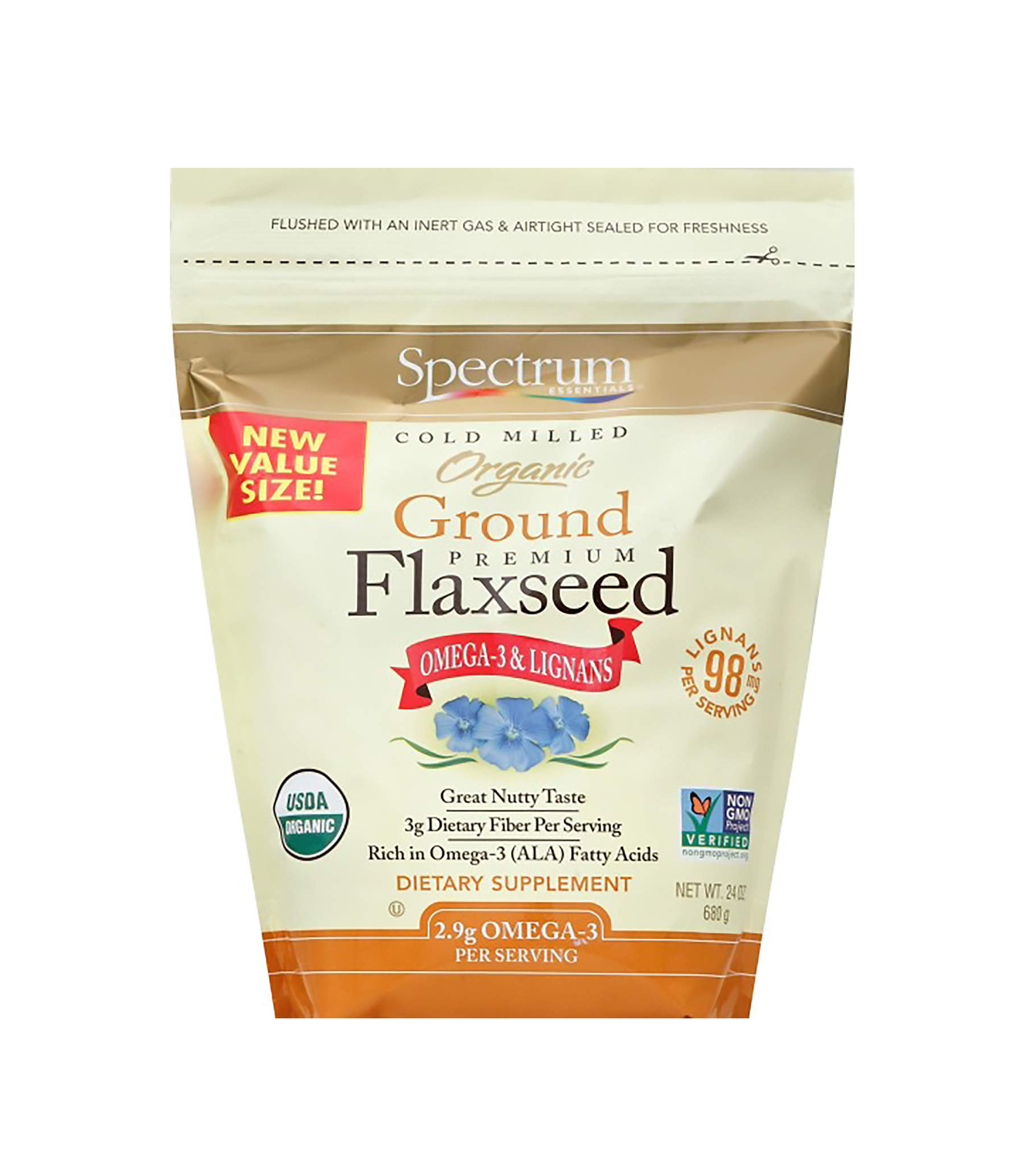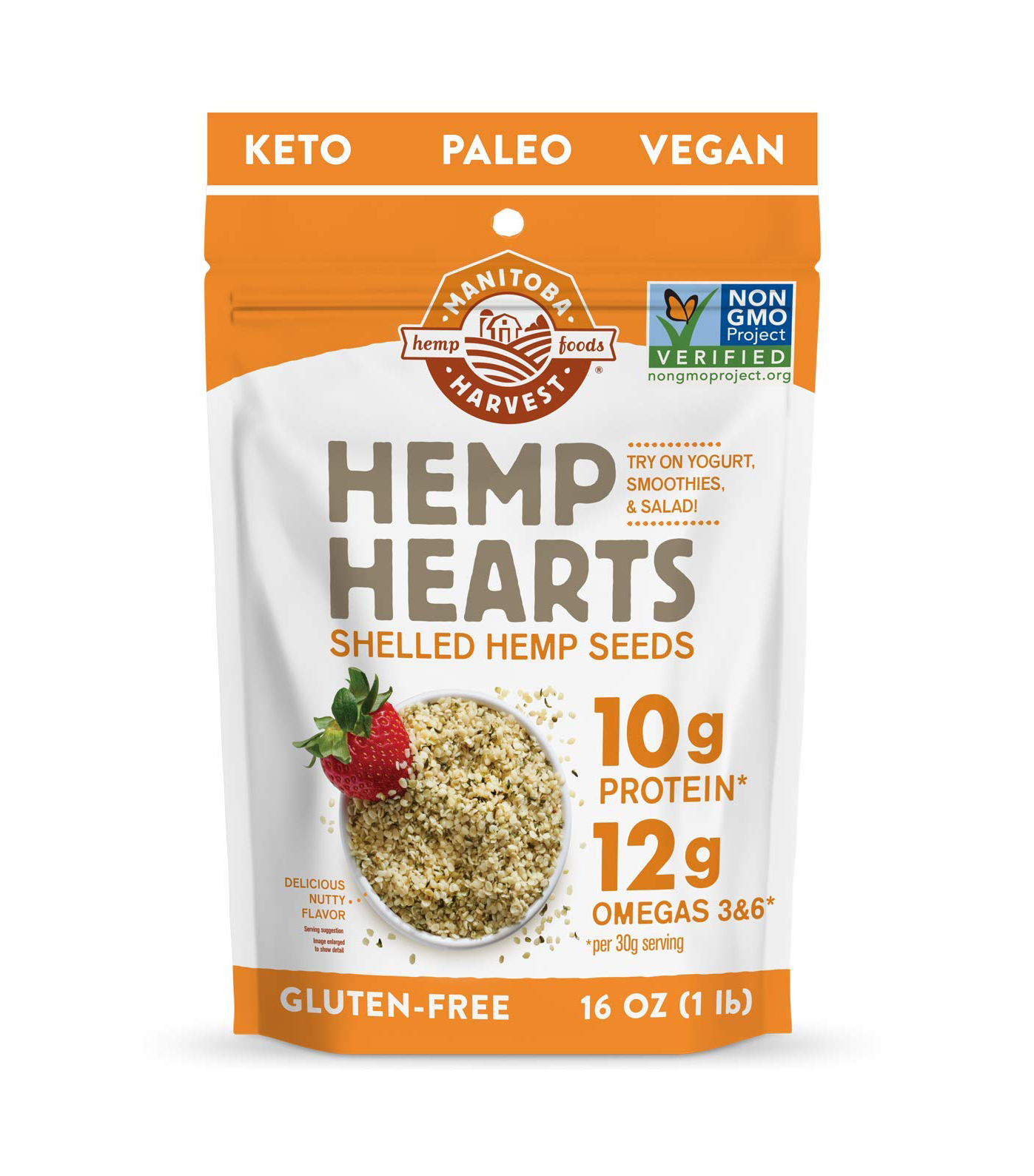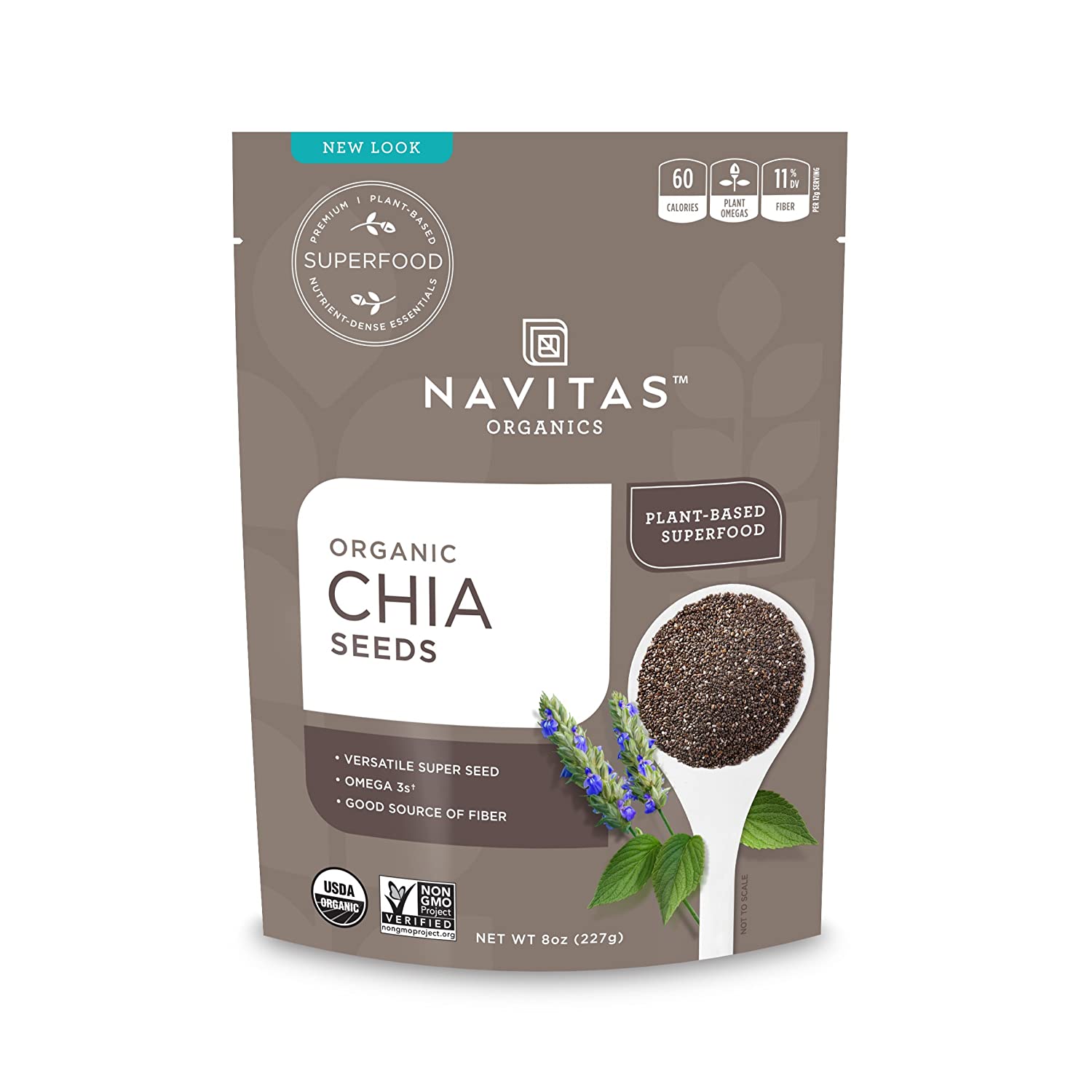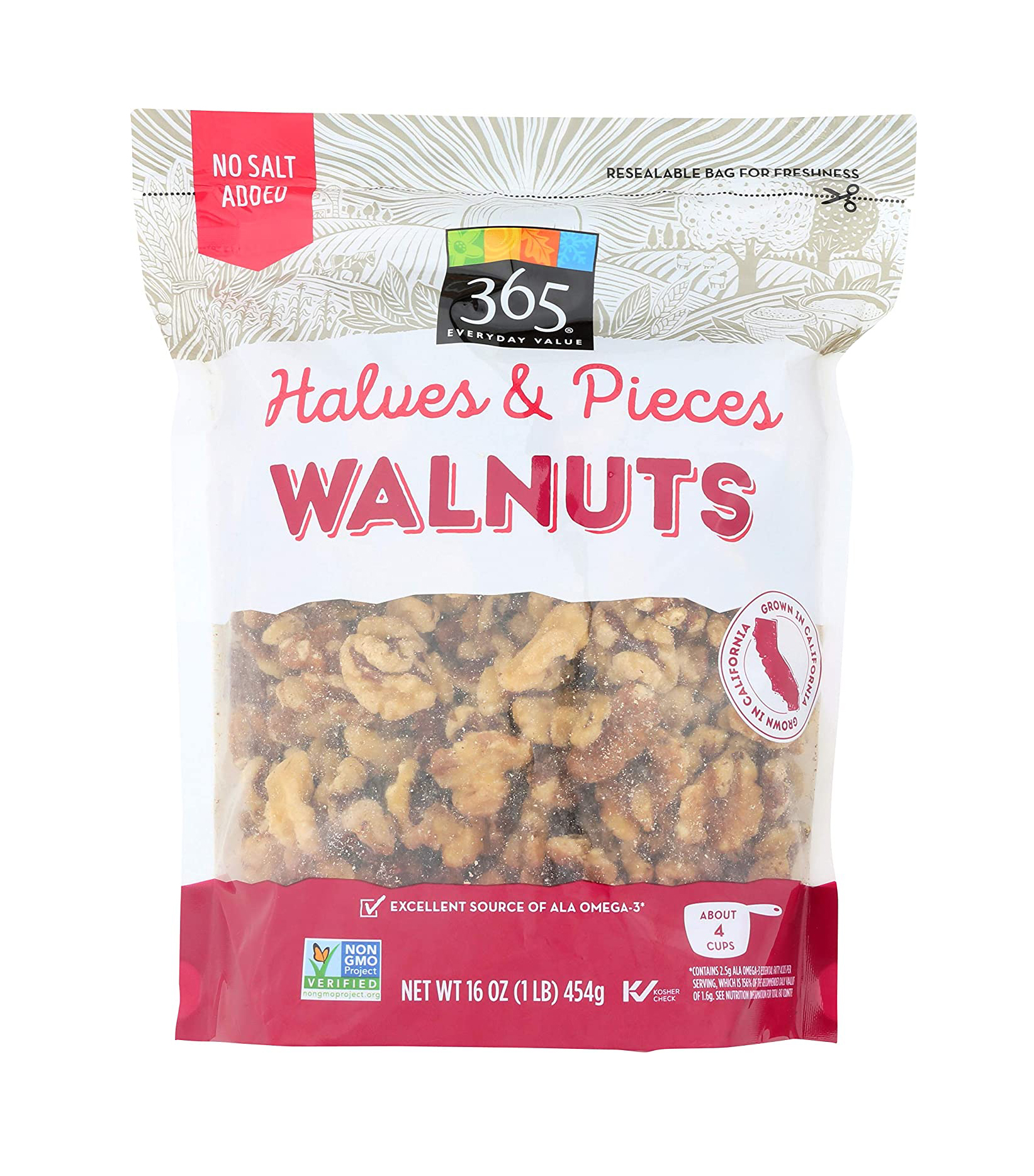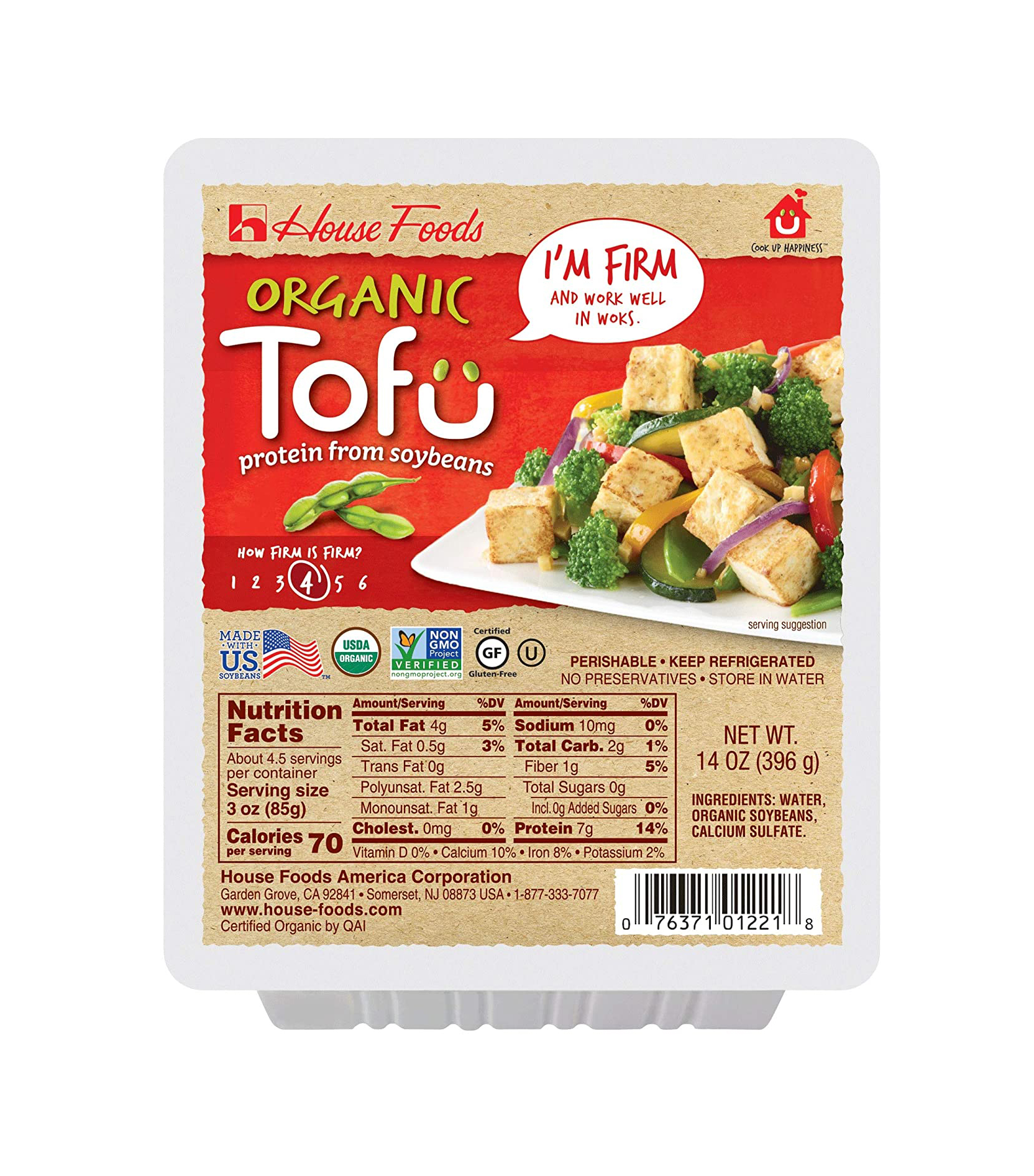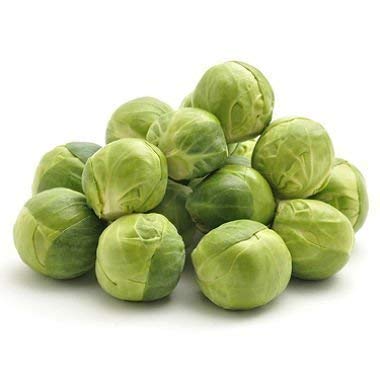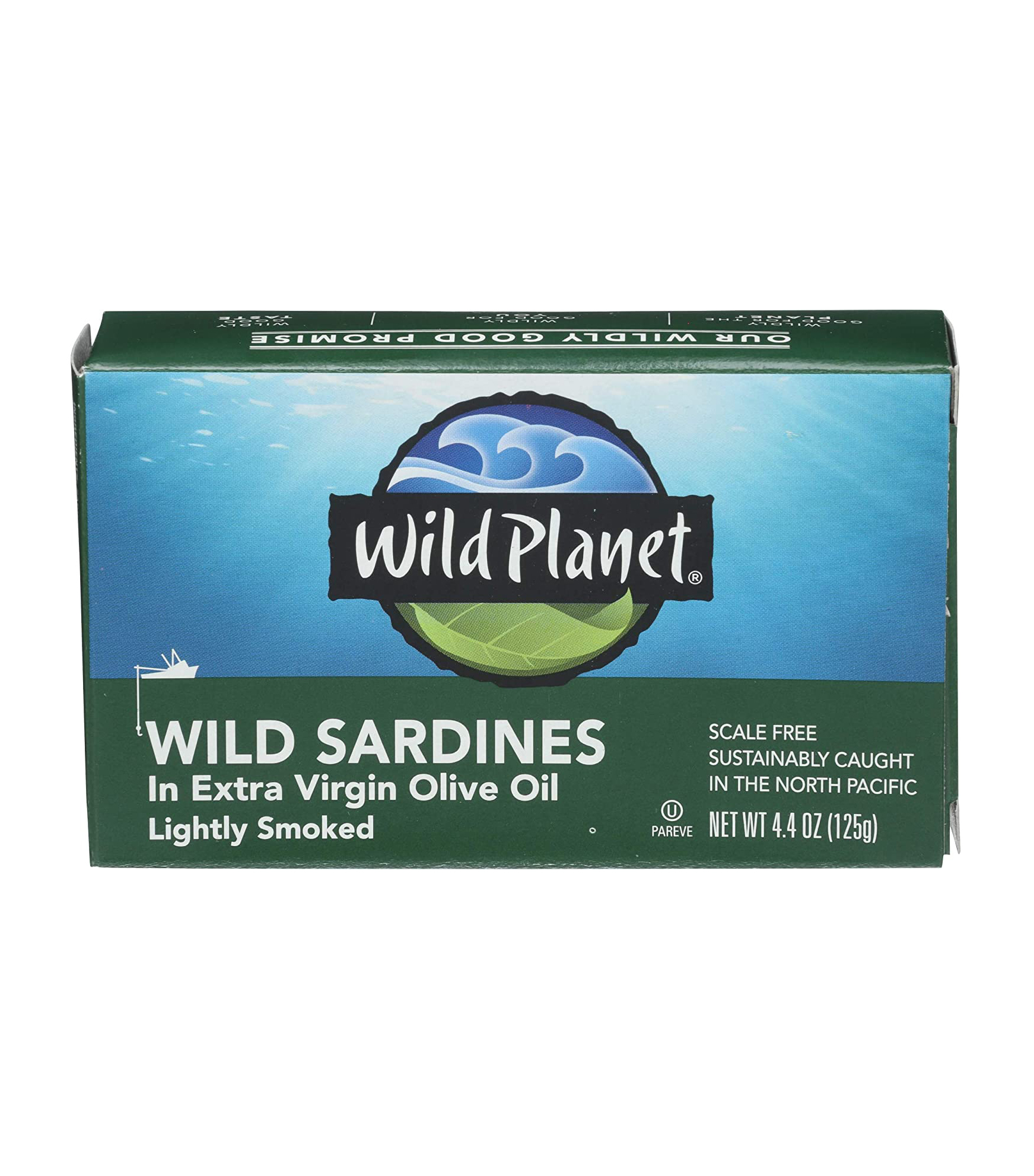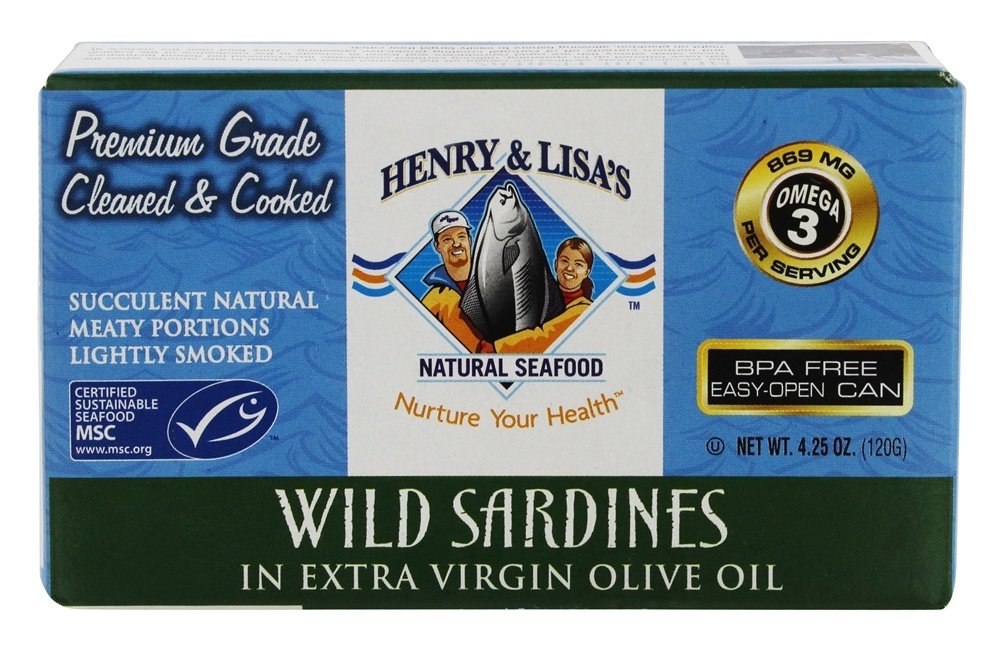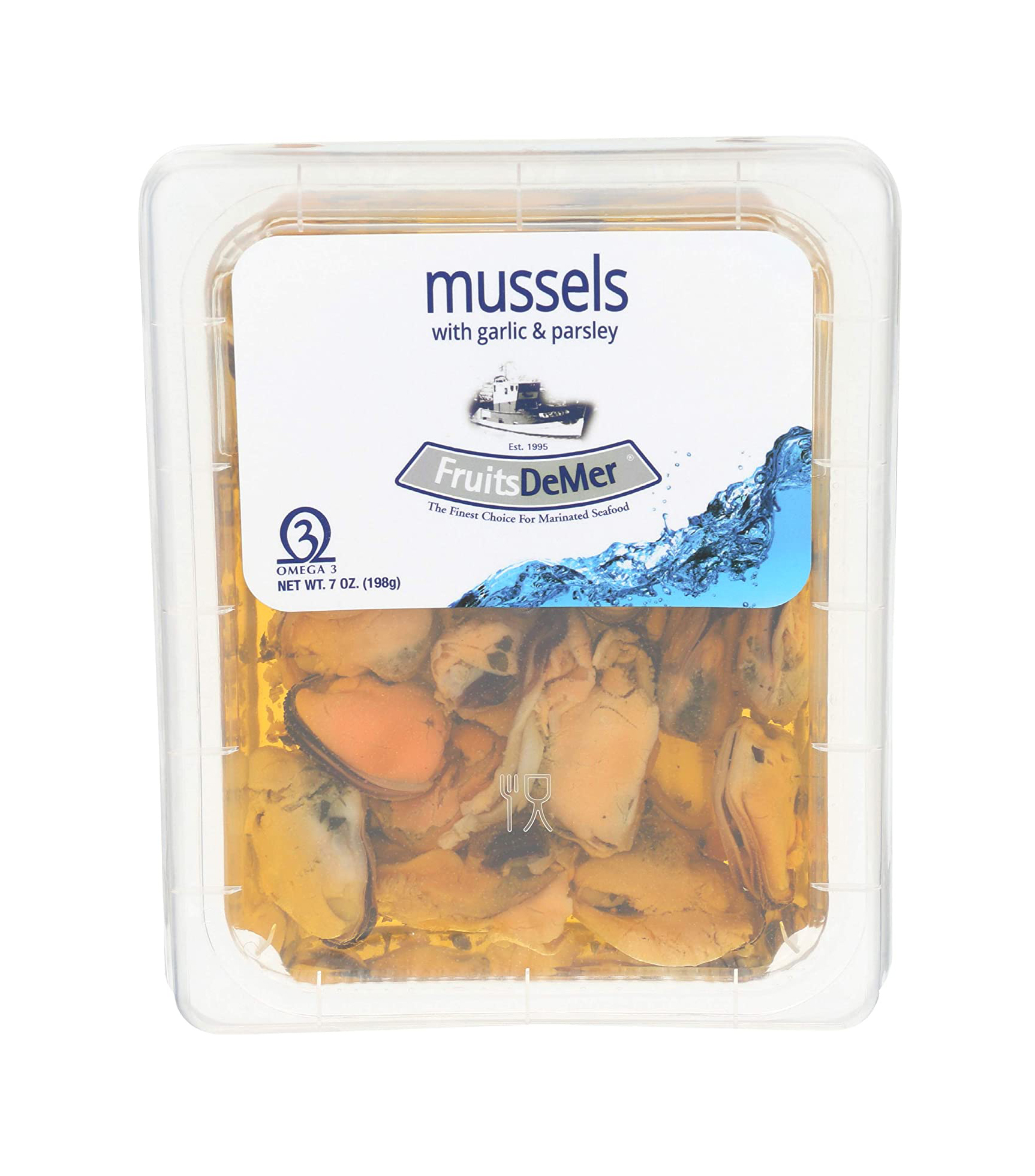9 Foods That Will Protect Your Heart, Brain, and Joints
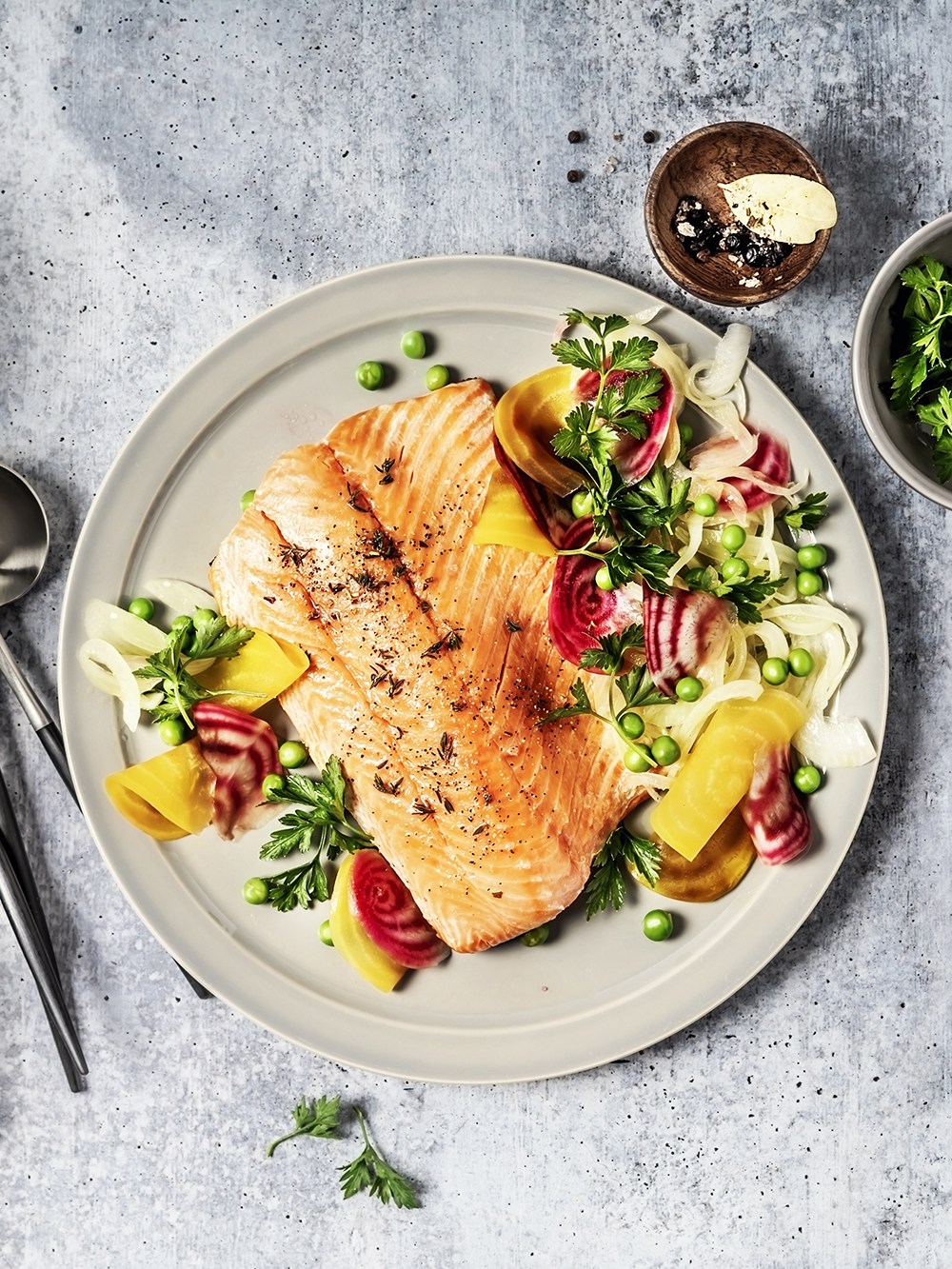
It's no secret that healthy fats are our friends. Since 60% of your brain is composed of fat, to say our brain depends on it is an understatement. The most important essential fatty acids for your brain? Omega-3 fatty acids. Not only do they aid in cardiovascular health, but they are also known to reduce inflammation from the joints to bones, reduce risk of cancer, regulate hormones, improve brain function, and increase collagen production for healthy skin, hair, and nails.
Despite it being an all-star superhero, it has been observed that a significant number of American adults are not meeting recommendations for omega-3 fatty acid intake and fall way below their daily requirement of 250 to 500mg. With more attention being paid to its benefits and because it's found in common foods that THE/THIRTY readers probably eat already, it's time for omega-3 to shine even more.
What are omega-3 fatty acids?
Omega-3 is composed of essential fatty acids needed in the diet, and since our body can not make it on its own, it is essential for us to make sure we are getting this fat from foods we eat. The main one is alpha-linolenic acid (ALA), which mainly comes from plant oils, nuts, and seeds such as flaxseeds and soybeans. It is used by our bodies for energy. It then can be converted into eicosapentaenoic acid (EPA) and docosahexaenoic acid (DHA), which is how plant-based eaters get their omega-3s.
EPA, which is crucial for neurological and cardiovascular health, and DHA, which is essential for brain and heart health, especially in pregnant women, are both found in fatty fish, such as salmon, anchovies, and fish oil. While recommended amounts of EPA and DHA have not been established, focus on consuming enough ALA-rich foods, which are then converted into EPA and then to DHA by our bodies in small amounts.
What do Omega-3s do?
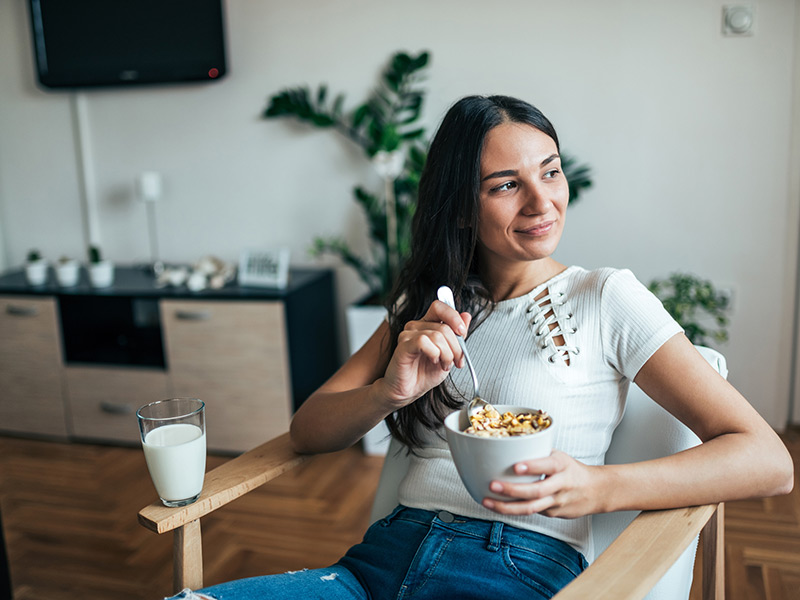
Omega-3s are one type of polyunsaturated fat that are important components in every membrane that surround each cell in your body. Omega-3s also provide calories to give your body energy and have many functions in your heart, blood vessels, lungs, immune system, and endocrine system (i.e., the hormones that control your body). They also monitor and lower LDL cholesterol levels and reduce your risk of heart disease and strokes. The question should be, What don't they do?
Signs That You Might Be Deficient
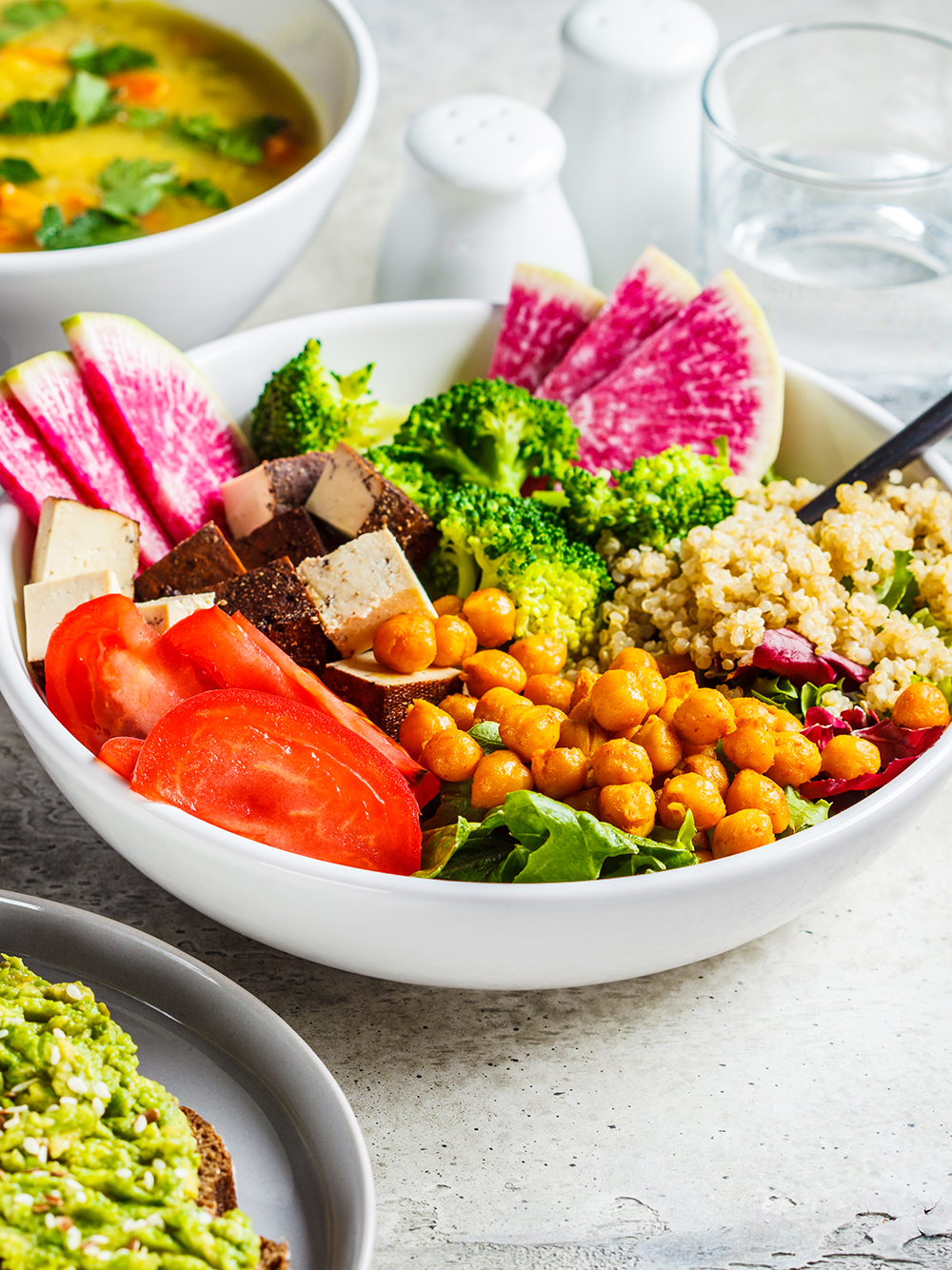
While an omega-3 deficiency is very rare in the U.S., there are several indicators that can suggest you might need to increase your take. "When I see an elevated level of cholesterol along with elevated triglycerides in my patient, this puts them at risk for heart disease. During this time, I generally recommend a diet rich in fiber, lean proteins, and healthy fats, which include omega-3s," says NYC based dietitian Michelle Saad MS, RD.
Plant Foods High in Omega-3
1. Flaxseeds
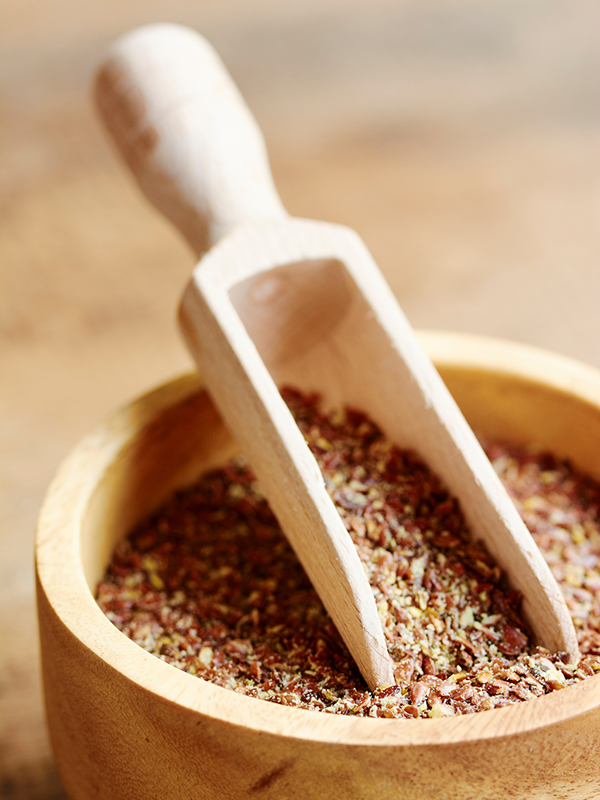
It's one of the richest sources of ALA, as just one tablespoon of the brown and golden varieties meets the daily requirement of 1.8 grams of plant omega-3s. They contain plant compounds called lignans that have antioxidant and estrogen properties, both of which can help lower the risk of breast and prostate cancer as well as a risk of strokes.
"Of all plant-based foods, ground flaxseeds and flaxseed oil have the highest amount of ALA and can easily be added to your morning smoothies, oatmeal, or yogurt. But keep in mind that flaxseeds are only absorbed in the body when they're crushed or ground up. Otherwise, if you eat it whole, it will come out of you whole!" says Saad.
2. Hemp Seeds
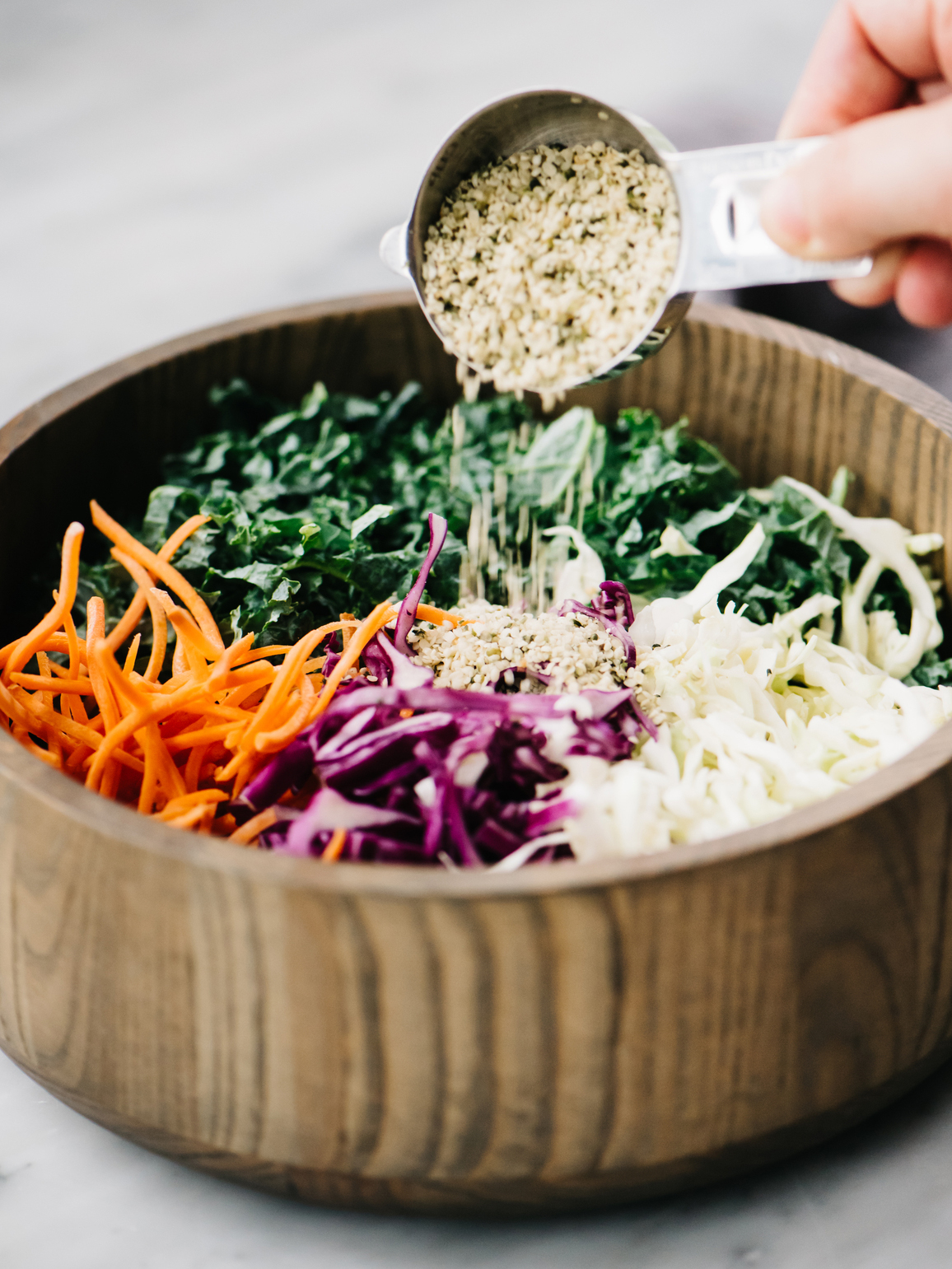
Technically a nut, hemp seeds have a mild, nutty flavor and can be eaten raw or roasted, and even the oil is a big player in ancient Chinese medicine. Hemp seeds contain over 30% fat and are a great protein source, with more than 25% of their total calories coming from high-quality protein. They also are a great source of vitamin E and minerals such as phosphorus, potassium, sodium, magnesium, sulfur, calcium, iron, and zinc.
3. Chia Seeds

The tiny black or white seeds have long been cultivated as a superfood. With over nine grams of fat (five of which are omega-3s) and 11 grams of fiber in just one 28-gram serving of chia seeds, it's a no-brainer. Naturally gluten-free, they can be tossed into your favorite baked goods or made into a quick, no-cook breakfast of chia pudding.
4. Walnuts
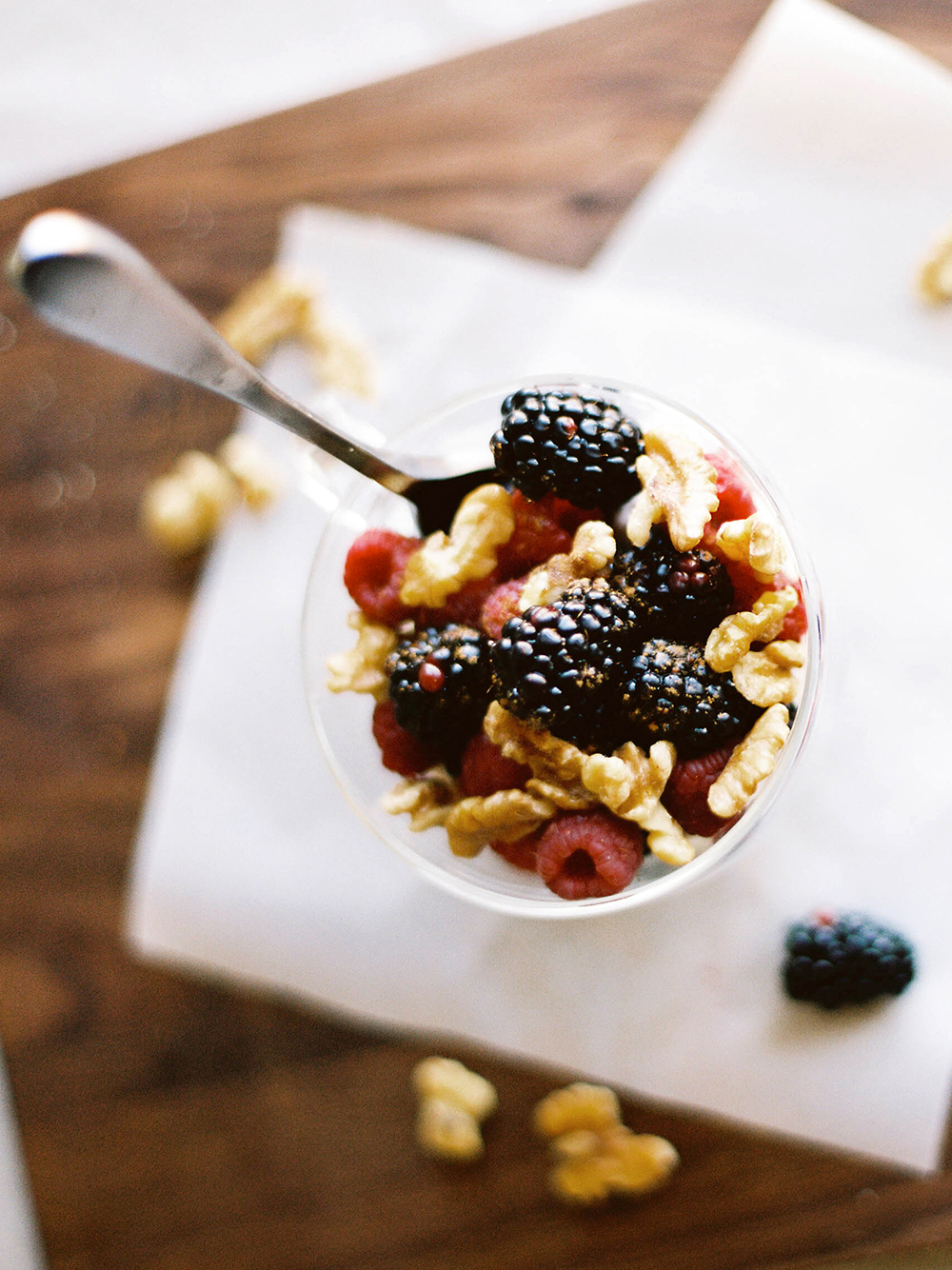
The healthiest nuts around, just a handful of walnuts contains 2.5 grams of omega-rich ALAs, which make them a perfect afternoon snack. The healthiest part of the nut is the skin, so don’t skip out! Antioxidants that are made up of vitamin E, melatonin, and polyphenols are known to decrease inflammation and type 2 diabetes, according to a 2018 study.
5. Soybeans and Tofu
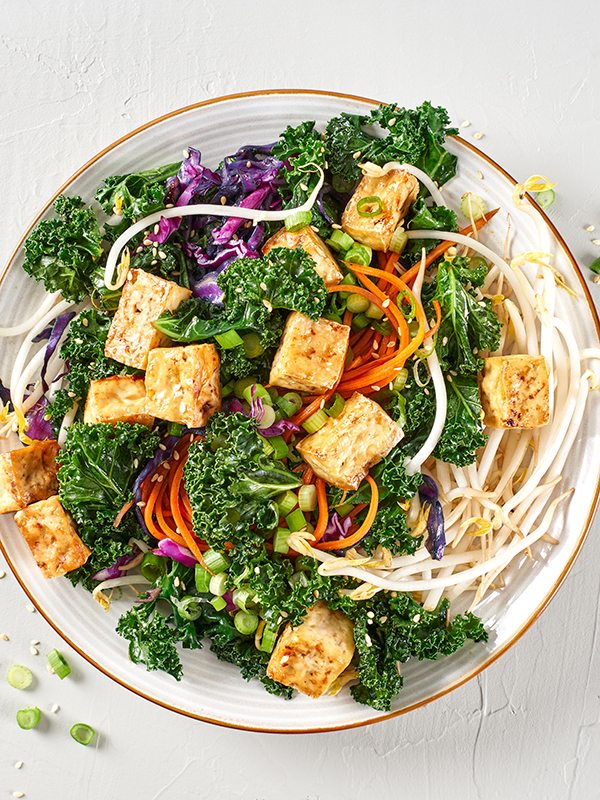
Loved for their versatility in almost every recipe, tofu and soybeans have long been a great source of fiber, vegetable protein, and other nutrients, including riboflavin, folate, vitamin K, magnesium, and potassium. Some brands add DHA, such as House Foods' Firm Tofu, which is vegan, gluten-free, and a good source of protein and calcium. While 1443mg of omegas per 3.5 ounces of tofu is a hefty amount, be careful not to overdo it, as it also contains omega-6s (often found in processed foods) and can cause an imbalanced ratio of omega-3s in your body. It is also especially helpful in lowering harmful LDL cholesterol, boosting protective HDL, and even improving the body's sensitivity to insulin.
6. Brussels Sprouts
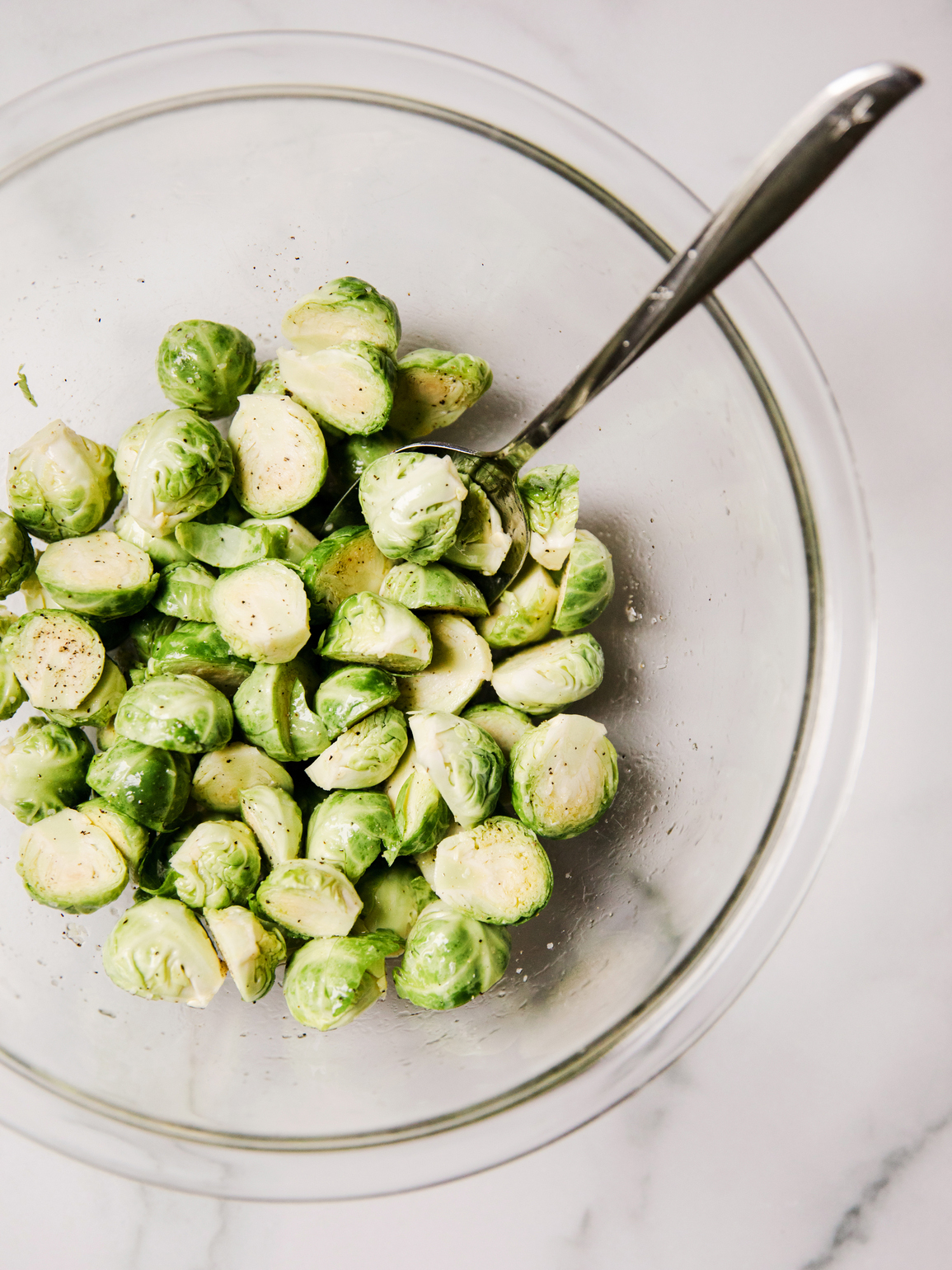
These cruciferous gems deserve a place on your plate beyond Thanksgiving, as they contain excellent sources of omega-3 fatty acids as well as immunity-boosting vitamin C and cancer-fighting glucosinolates. Surprisingly, they contain three times as much omega-3 when cooked (135mg per half a cup serving) versus when they are eaten raw (45mg), but it's great to vary it up to enjoy it every time!
Animal-Based Sources
7. Fresh Wild-Caught Fish
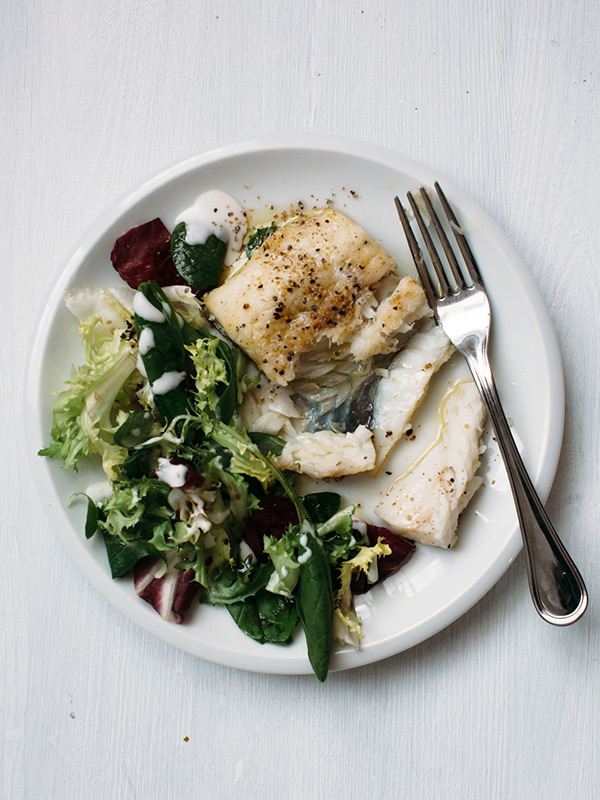
One of the most nutrient-dense foods, salmon contains high-quality protein and a variety of nutrients, including large amounts of vitamin D, selenium, and B vitamins. Crediting its high levels of omega-3-fatty acids ( 2260 mg in a 3.5-ounce serving), studies show that people who regularly include it in their diet have a lower risk of diseases like heart disease, dementia, and depression. Eat two to three servings a week, and to switch up the rotation, try mackerel—a small fatty fish commonly smoked and easy to prepare—for a hefty serving of omega-3s (5134 mg per 3.5 ounces).
8. Canned Fish
Whether you prefer sardines, herring, or anchovies, a little bit of these goes a long way! With 2205mg of omega-3s per cup of sardines and low levels of mercury, it's a great catch (pun intended!). While also a great source of calcium and vitamin D, don't overdo it, as they do contain additional sodium. Anchovies are what makes salad dressing shine, and when covered with other flavors, they don't have a fishy taste.
9. Shellfish
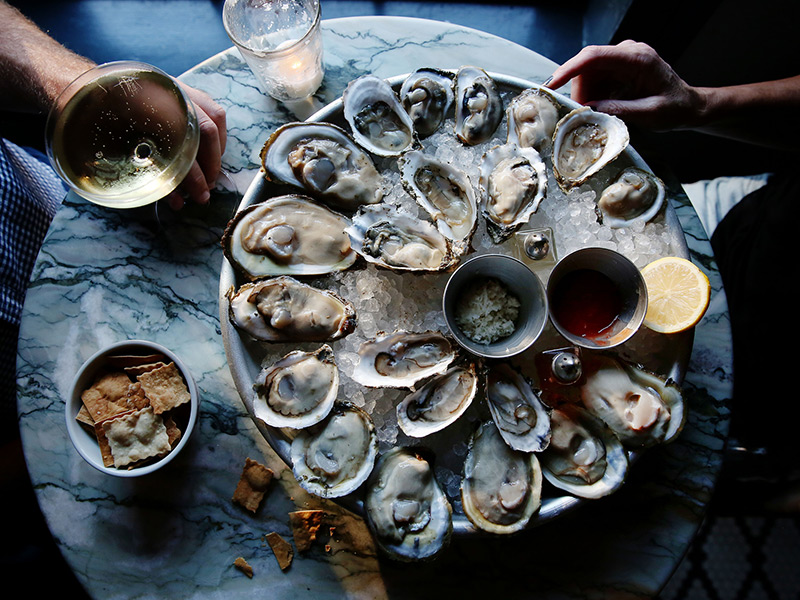
A true delicacy, oysters and mussels happen to contain more zinc than any other food. Just six raw eastern oysters have 427mg of omega-3s as well as 293% of the daily requirement for zinc, 70% for copper, and 575% for vitamin B12, explains Saad. I think it speaks for itself—foods high in omega-3s just so happen to be the most nutrient-dense foods on the planet!
This article is provided for informational purposes only and is not intended to be used in the place of advice of your physician or other medical professionals. You should always consult with your doctor or healthcare provider first with any health-related questions.
